
Review. Multicellular systems biology: Applying network science to plant organ patterning and function (Mol Plant)
Plant Science Research WeeklyI really enjoyed this review article, which very successfully introduces the reader to the why and how of how to apply network science to plant science. Bassel never veers off into abstraction or “math-speak”, but instead roots his explanations in familiar biological or ordinary terms. As an example,…
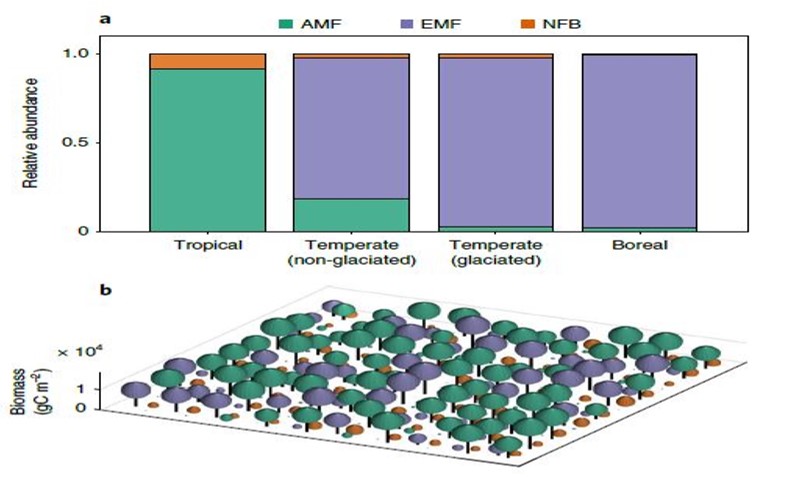
Global plant–symbiont organization and emergence of biogeochemical cycles resolved by evolution-based trait modelling (Nature Ecol Evol)
Plant Science Research WeeklyMost plants depend on microbial partners (symbionts) to help them take up nutrients from the soil. Lu and Hedin set out to identify how these plant-symbiont partnerships contribute to plant distributions and biogeochemical cycles, using an evolution-based modelling approach. The model takes into account…
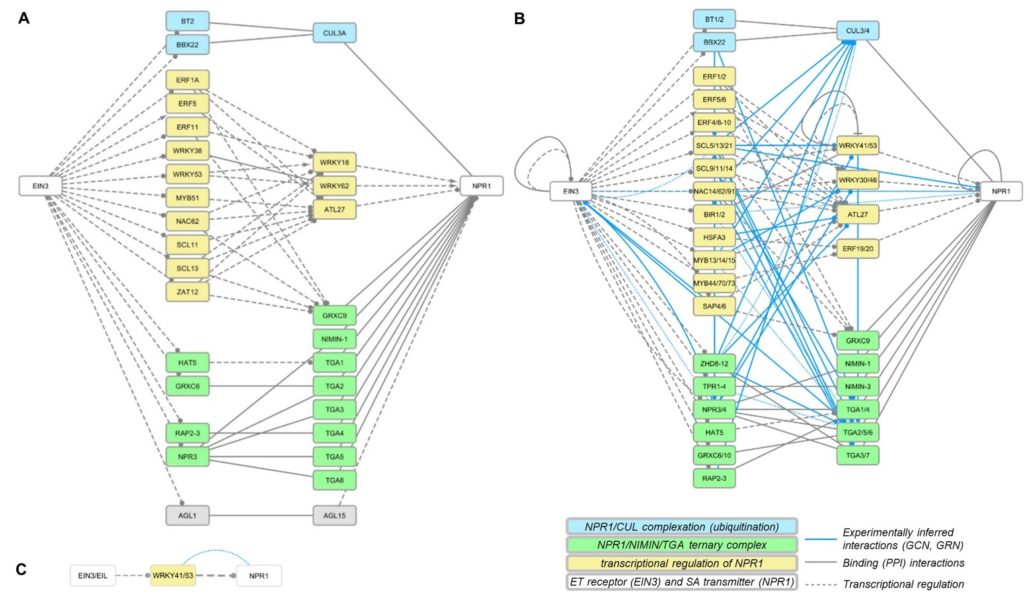
Network modelling unravels mechanisms of crosstalk between ethylene and salicylate signalling in potato
Plant Science Research WeeklyPotato is susceptible to many pathogens. To facilitate breeding programs, Ramšak et al. combined transcriptomic data from potato/virus interactions with a defense network model developed mainly from Arabidopsis. Their model revealed a previously undescribed interaction between ethylene and salicylate…
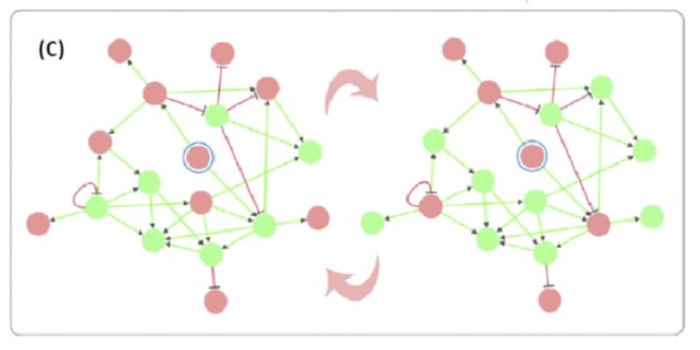
Review: The spring of systems biology-driven breeding ($) (TIPS)
Plant Science Research WeeklyIn this excellent review, Lavarenne et al. provide an accessible introduction to the tools and objectives of gene regulatory network (GRN) analysis. They include a glossary, show diagrams displaying different stages of GRN analysis, and provide links to key papers in which different methods have been…
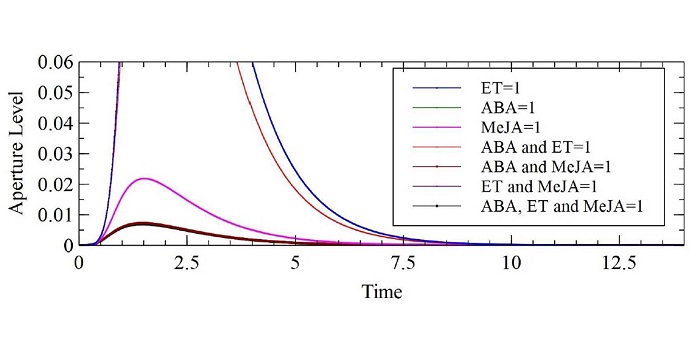
What We're Reading: January 19th
Blog, Research, Research Blog, WWR Full PostThis week's papers were seleted by Renee Dale. Renee is a PhD student in biology and an MS student in statistics at Loiusiana State University who is studying mathematical biology and biostatistics for plant biology applications. She is also working on an educational video game!
Renee selected these…
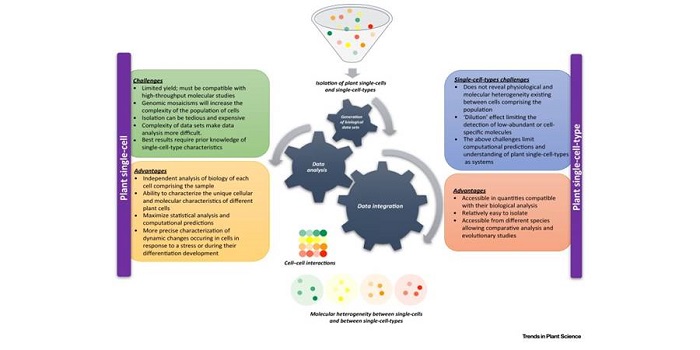
Review: Plant systems biology at the single-cell level
Blog, Plant Science Research Weekly, Research, Research BlogThe establishment and enormous developments in -omics and systems biology over the last years have increased our understanding and ability to analyze complex biological processes at entire plant, organ or tissue levels. However, these arrays of datasets have the limitation of cellular complexity in terms…
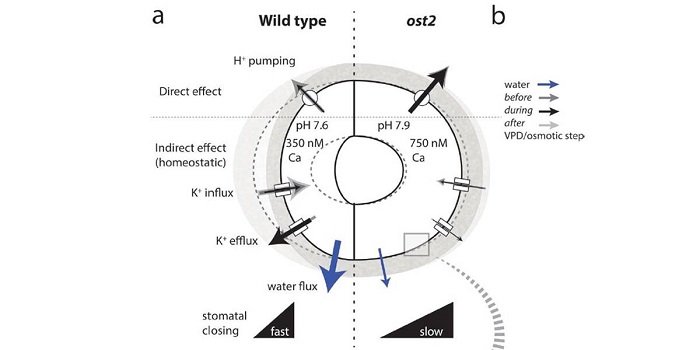
Modeling guard cell-to-leaf scales with OnGuard2
Blog, Plant Science Research Weekly, Research, Research BlogWhile much is known about the processes involved in stomatal movement and the processes involved in the transpiration of leaves, there has been no framework to bridge this micro-macro divide. Wang and colleagues bridge this divide through OnGuard2, a quantitative systems platform that uses the molecular…

Tomato Genome Goes Nano
Research, The Plant Cell, The Plant Cell: In a NutshellSchmidt et al. demonstrate that nanopore technology can be applied to plant genomes https://doi.org/10.1105/tpc.17.00521
By Schmidt, M. H.-W., Vogel, A., Denton, A. K., Bolger, A. M., Bolger, M. E., and Usadel, B.
Background: An organism’s genome contains all the necessary information for its…
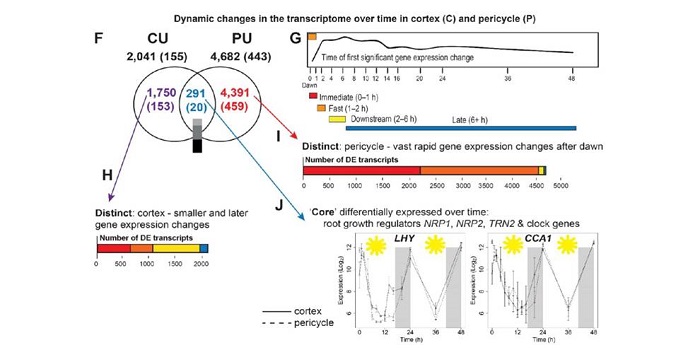
4D root gene expression
Blog, Plant Science Research Weekly, Research, Research BlogIt becomes more and more clear that regulation of complex traits and processes, such as root growth and lateral root growth, involves not only gene expression quality (which genes are expressed), quantity (how much transcript is present) and space (in which cell-type transcripts are accumulating) but…

